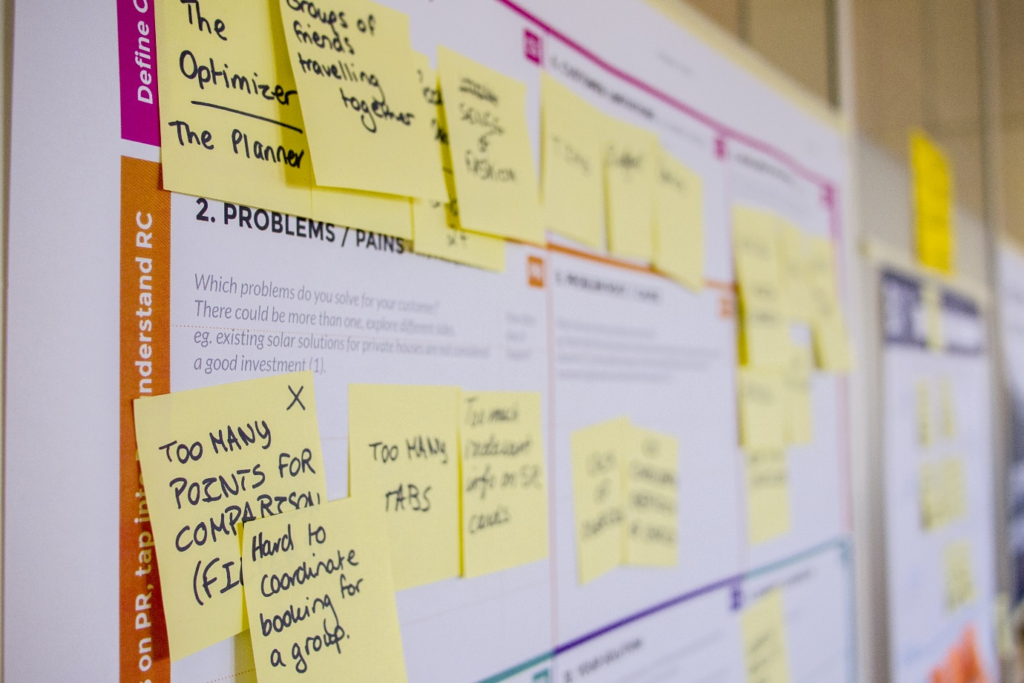Understanding the Problem: The Foundation for Successful Solutions

A formal problem statement is a key tool for uncovering hidden assumptions, not only between you and the client but also within your team. Writing down a clear problem statement can help to align team members and clients on the project's goals and objectives, which is essential for success.
If you find yourself struggling to write a clear problem statement, it is an indicator that you need to explore more deeply. It is essential to have all stakeholders agree on the problem statement before proceeding with a solution.
Many professionals, companies, and institutions have recognized the importance of defining the problem before building a solution. UX designers and Design Thinking proponents are at the forefront of this movement. As a craftsperson of technology solutions for large modern enterprises, here are some markers I use to understand and frame the right problem statement.
1. Are we trying to reduce cost, time, or risk?
Defining the problem in terms of reducing cost, time, or risk helps to clarify the project's objectives. Identifying which of these three factors is most important can help guide decision-making throughout the project's lifecycle.
2. What does amazing look like for your client?
Understanding what your client considers to be amazing can help you align your solution with their vision. Clearly defining success criteria is essential for measuring the solution's effectiveness.
3. Why build the solution now?
Understanding the reason for building the solution is essential for defining the project's scope and timeline. Knowing the urgency of the project can help prioritize tasks and allocate resources effectively.
Answering these questions honestly can help you uncover hidden problem statements and gain insights into the project's objectives. Once you know your adversary, you can beat them.
In conclusion, understanding the problem is the foundation for successful solutions. Taking the time to write a clear problem statement can help align team members and clients on the project's goals and objectives, which is essential for success. Answering the questions of cost, time, and risk, understanding the client's vision, and knowing the urgency of the project can provide remarkable insights into the project's objectives. By understanding the problem, you can build a solution that meets and exceeds expectations.